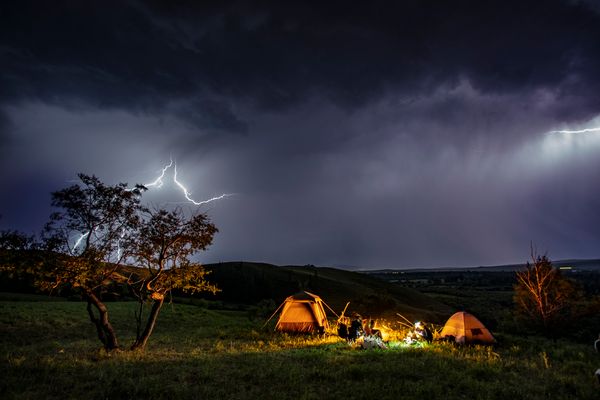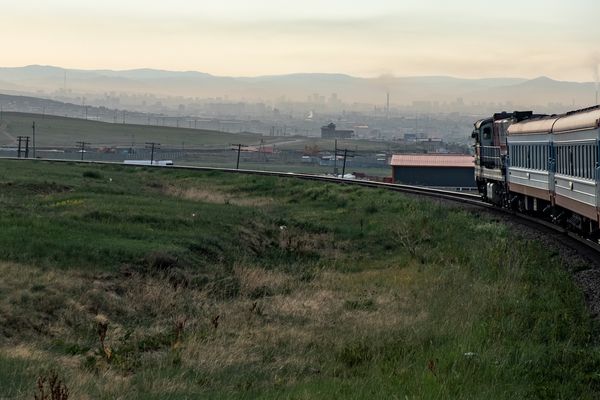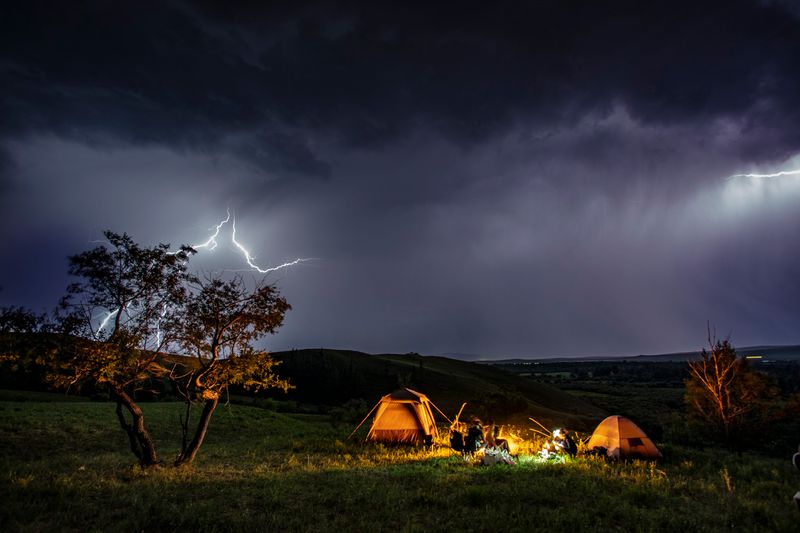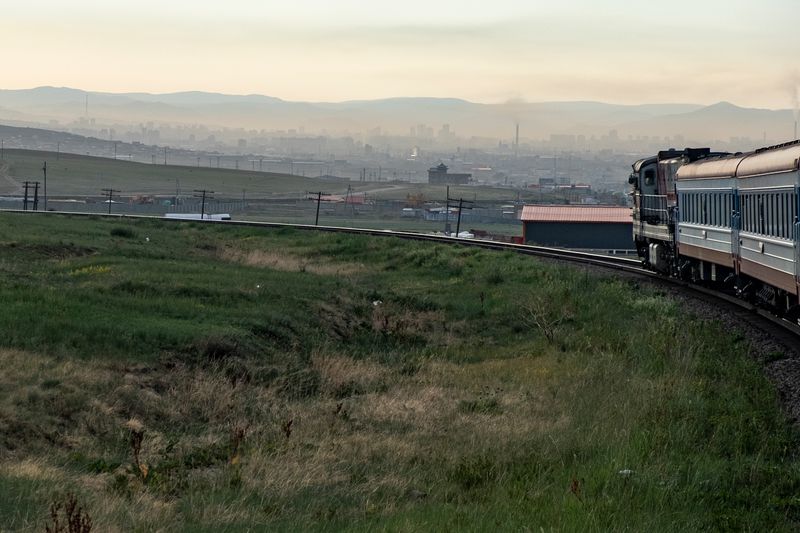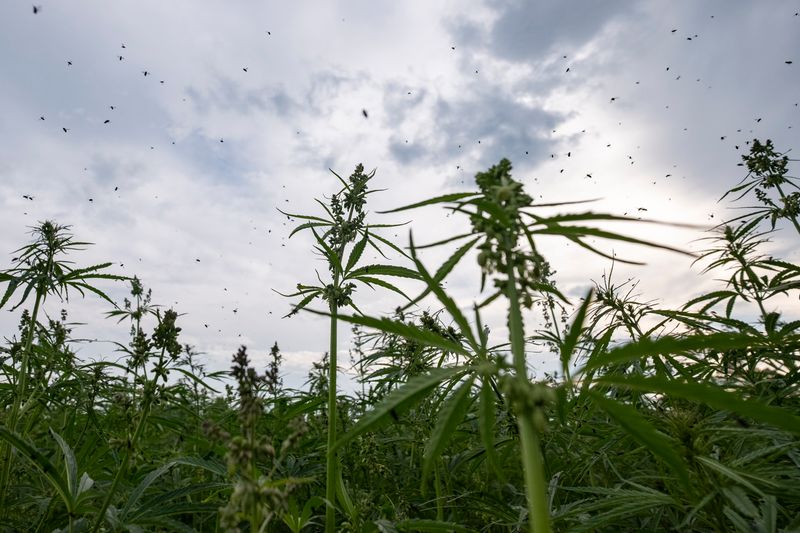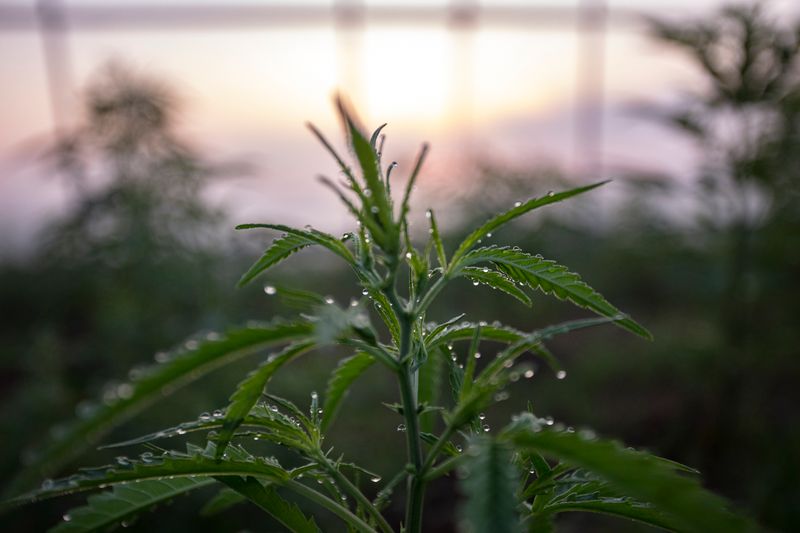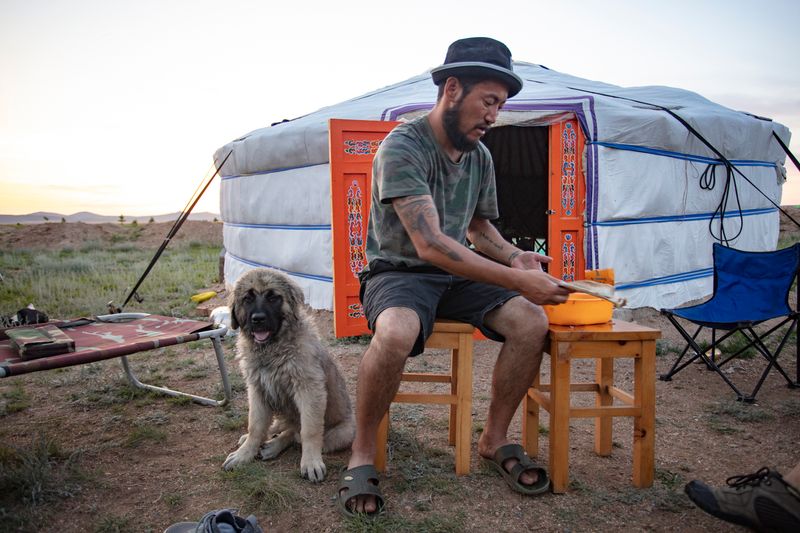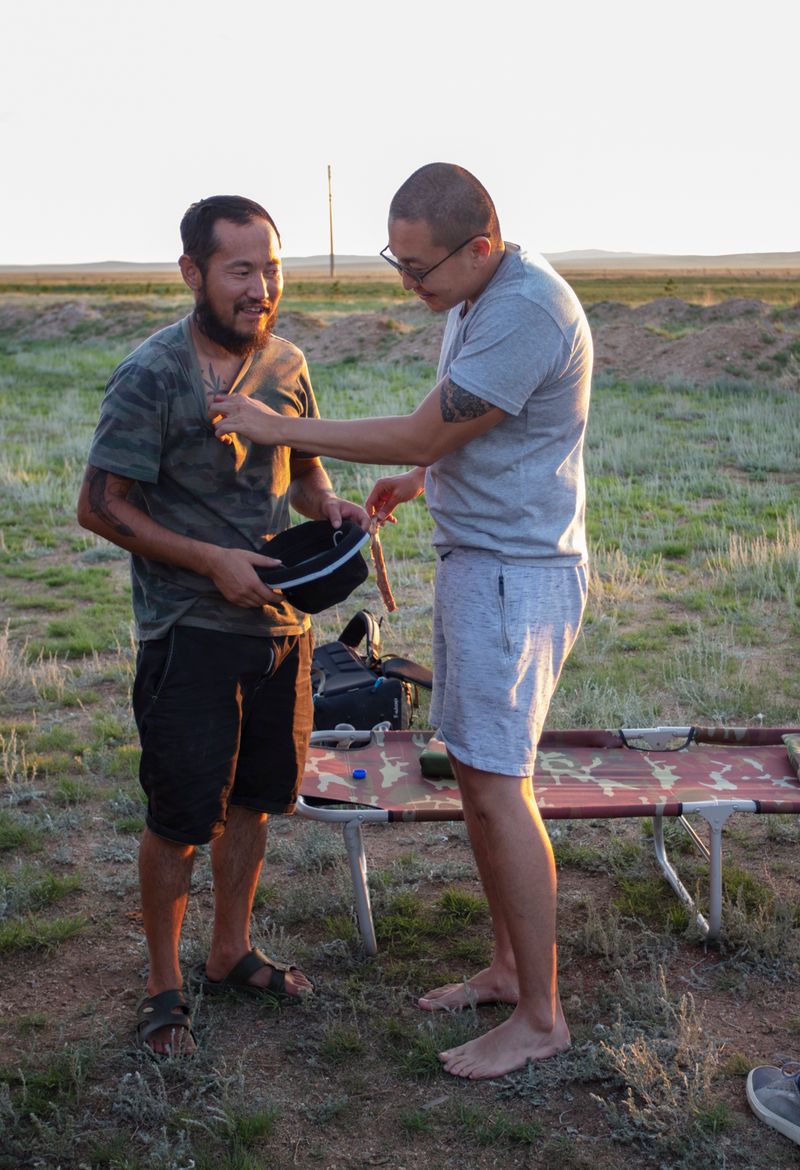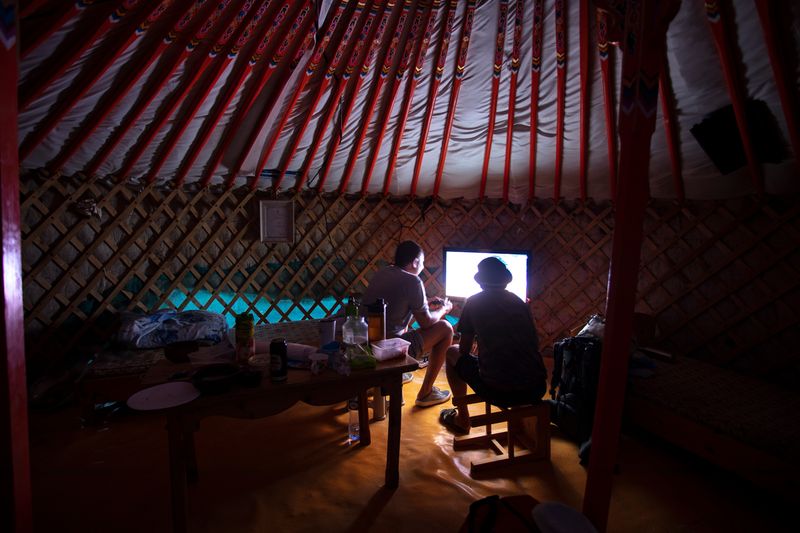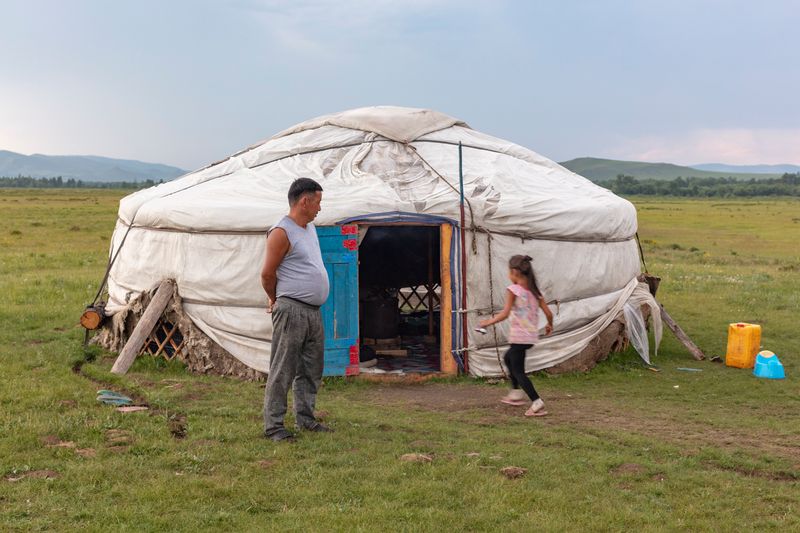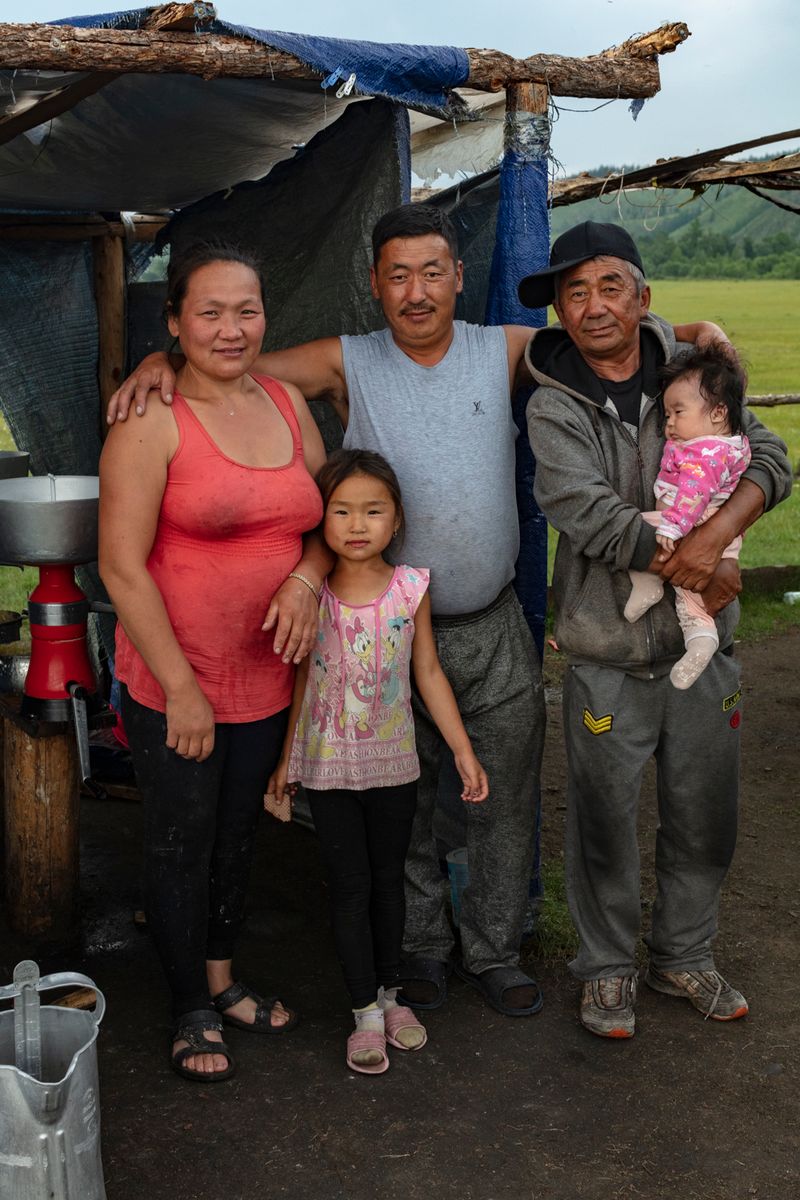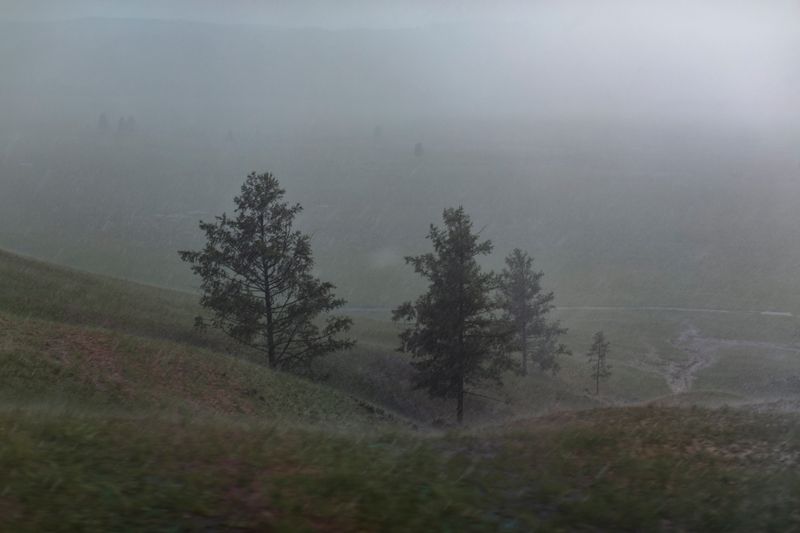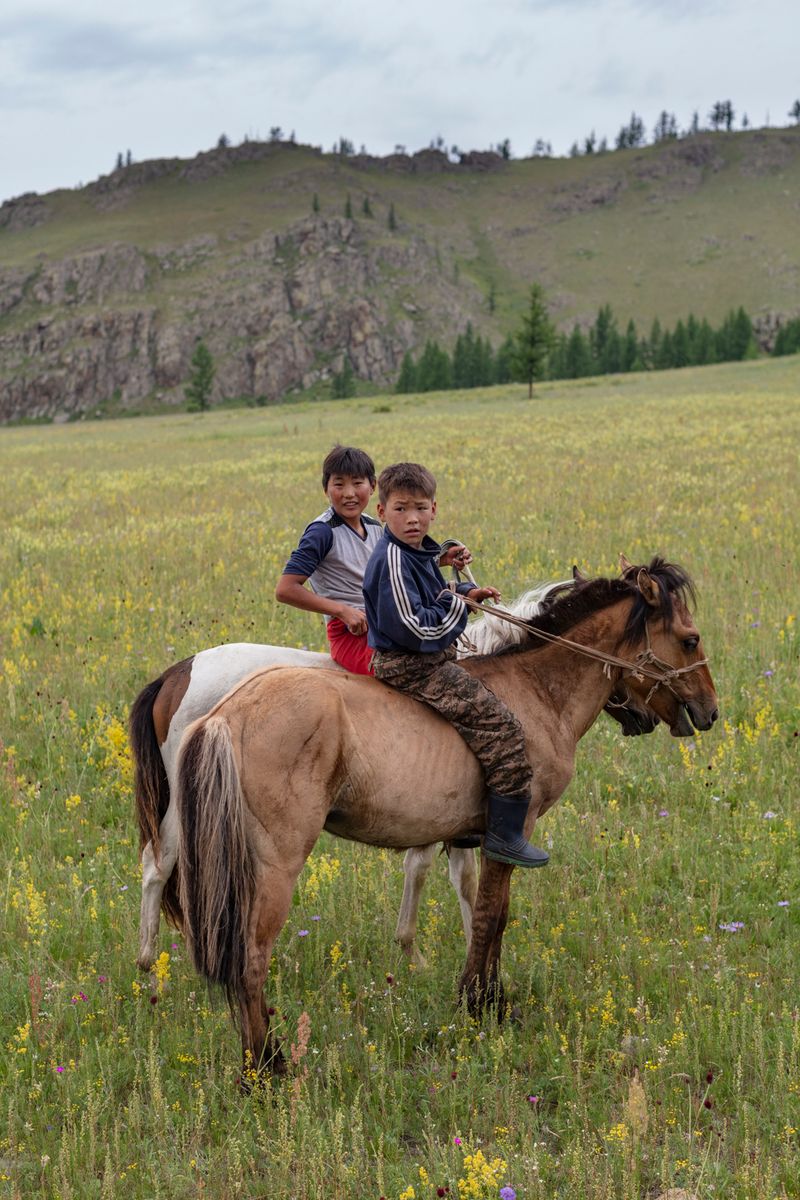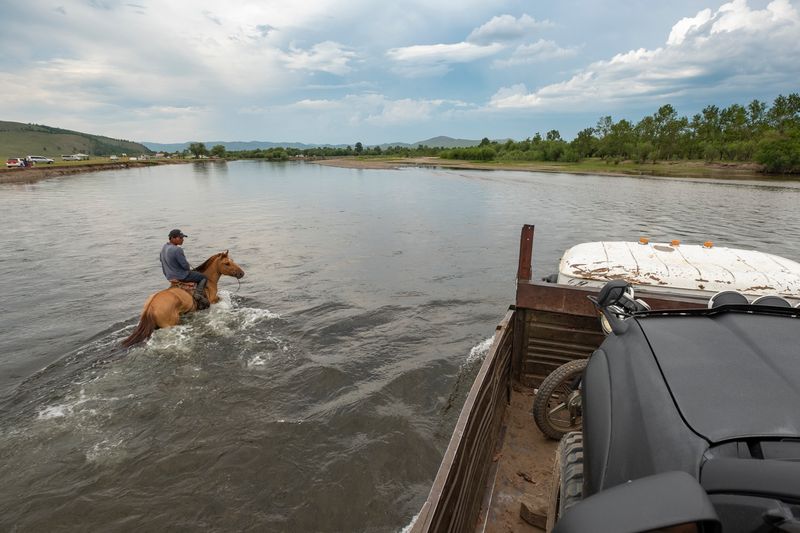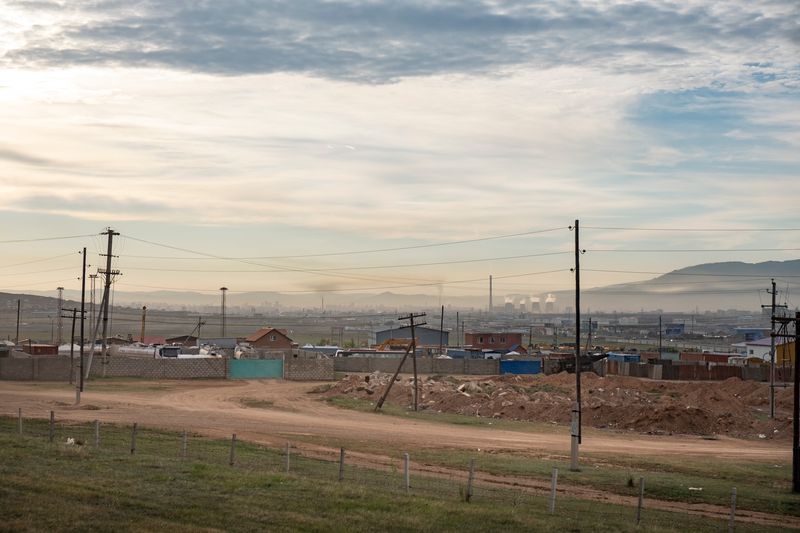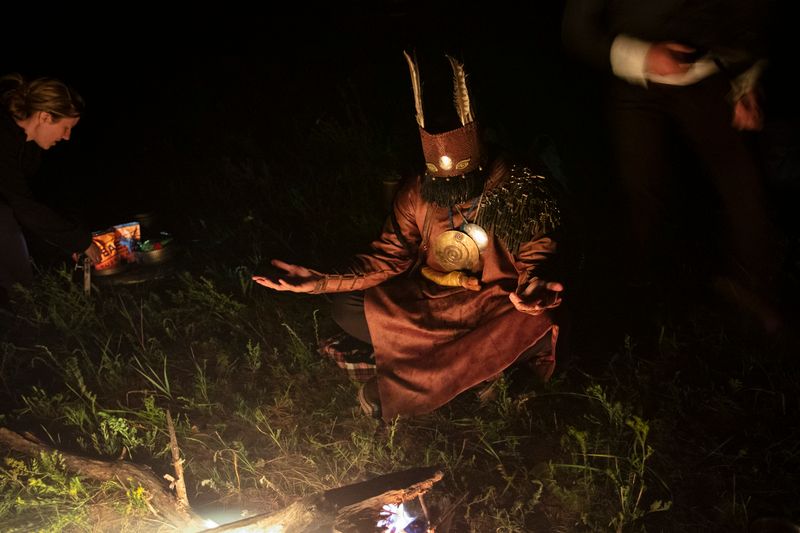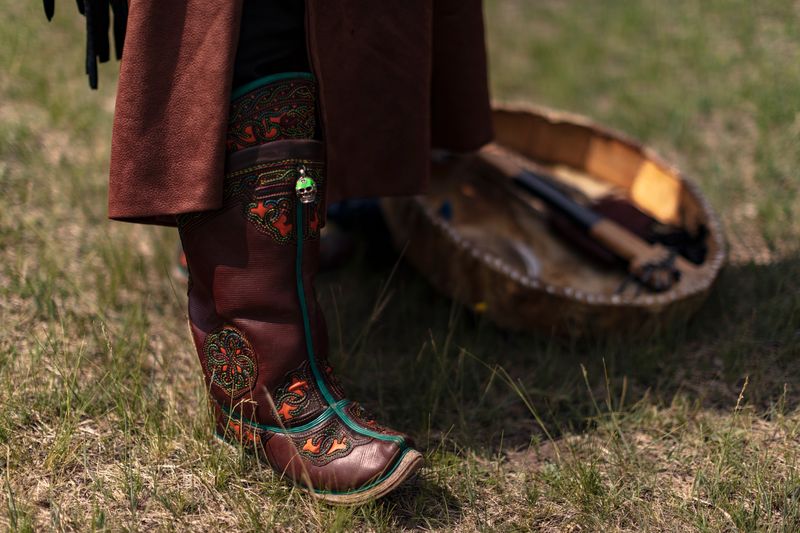Hemp's Creation of Balance
-
Dates2016 - 2020
-
Author
- Location Mongolia, Mongolia
Mongolia is home to wild growing hemp and shamans.
Since the 13th century, when Genghis Khan began to worship Tengerism, cannabis has been used for shamanic rituals.
After disasters, the Mongolians consult a shaman to restore the balance between the physical and spiritual world.
Mongolias long and complex history of power takeovers has created a deeply rooted cultural crisis, which is enhanced by the dooming ecological crisis.
The impacts of both are taking great effects on the life of Mongolias nomads and their livelihood.
A small company, Hemp Mongolia, has embarked on a journey back to the countries centuries-old knowledge about the hemp plant. Unveiling its traditional use and combining it with discoveries made by the international hemp industry, hopes are to help an increasingly stressed population to adapt to the effects of the climate crisis.
